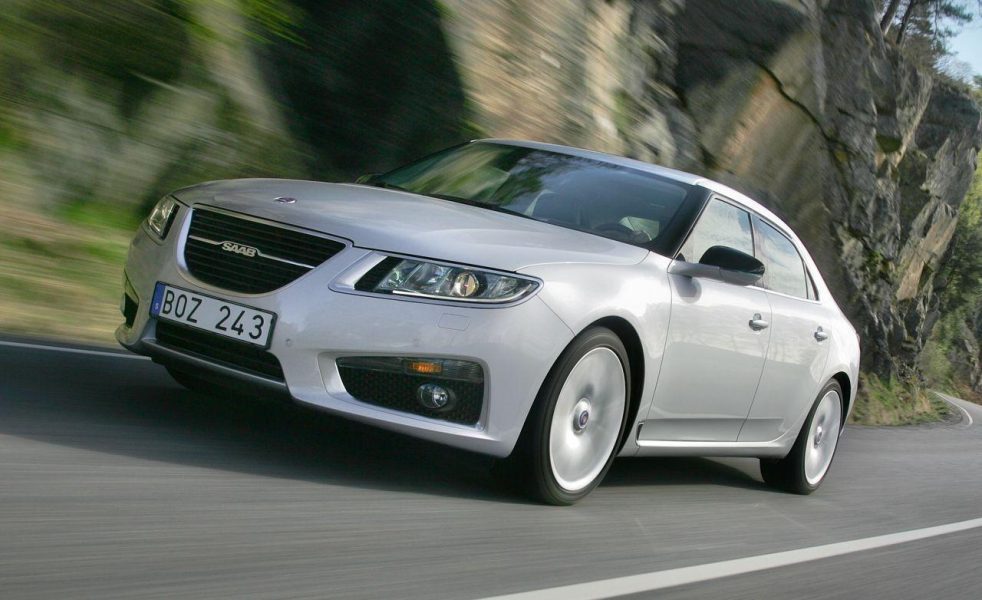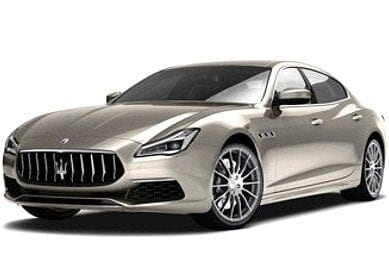
Saab 9-5 2011 review
Not so long ago, Saab was practically dead in the water.
Abandoned by General Motors during the financial crisis, it was eventually bailed out by German sports car maker Spyker, which in turn joined China's Hawtai Motor Group with a guarantee of substantial financial backing in exchange for shared technology.
The whole thing is actually a bit confusing, aside from the fact that Saab is back and back with a brand new reanimated 9-5. So what? I hear you speak. They couldn't do it the first time, what makes you think they'll do better this time?
The short answer to this question is that the new and improved 9-5 isn't all that bad.
It's not going to set the world on fire, but it's definitely eye-catching with its long bonnet and rear-curved windshield.
The 9-5 has a lot of cash on price and is a true alternative to mainstream Audis, Benzes and BMWs.
However, in the future, Saab needs to work on putting some distance between their cars and rival cars.
It is necessary to highlight the differences that Saab makes Saab, such as the return of the ignition key to its rightful place between the front seats. This is what will sell cars.
Design
Built on the GM Epsilon platform, the new 9-5 represents a much larger and more substantial offering than before.
It is 172mm longer than the first generation 9-5 and, more importantly, 361mm longer than its sibling 9-3. Previously, the two models were too close in size.
Surprisingly, the 9-5 is longer and wider than the Mercedes E-Class, even though the Benz has a longer wheelbase.
In keeping with its aviation heritage, the car's interior features green gauges with some aviation cues, such as a skyline-style speed indicator and a night-pad button that turns off all but the main instrument lighting at night.
Ironically, there is no need for a speed sensor because the holographic head-up display shows the vehicle's current speed at the bottom of the windshield.
The interior is bright, light and friendly, with a clean, uncluttered style and easy-to-read instrumentation.
The center console is dominated by a large touch-screen navigation system with a high-quality Harmon Kardon audio system and a 10 GB hard drive.
Bluetooth, parking assistance, bi-xenon headlights, automatic headlights and wipers, and heated front seats are standard.
TECHNOLOGY
Motivation in the Vector comes from a 2.0-litre turbocharged petrol engine that develops 162 kW of power and 350 Nm of torque at 2500 rpm.
Its consumption is 9.4 liters per 100 km, and acceleration from 0 to 100 km/h takes 8.5 seconds, and the top speed is 235 km/h.
The four-cylinder engine is mated to a 6-speed Japanese Aisin gearbox with the ability to shift manually using the shift lever or paddle shifters.
For another $2500, the optional DriveSense Chassis Control system offers smart, sporty, and comfort modes, but we reckon sporty styling doesn't seem all that sporty.
DRIVING
Performance is high, but the turbocharger can't keep up with throttle demands. Even though a traction control system is installed, the front wheels tend to struggle for traction, especially on wet roads.
VERDICT The 9-5 is an attractive car, but we hope something better lies ahead as Saab seeks to rethink its identity. The 9-5 Turbo4 Vector sedan starts at $75,900.
